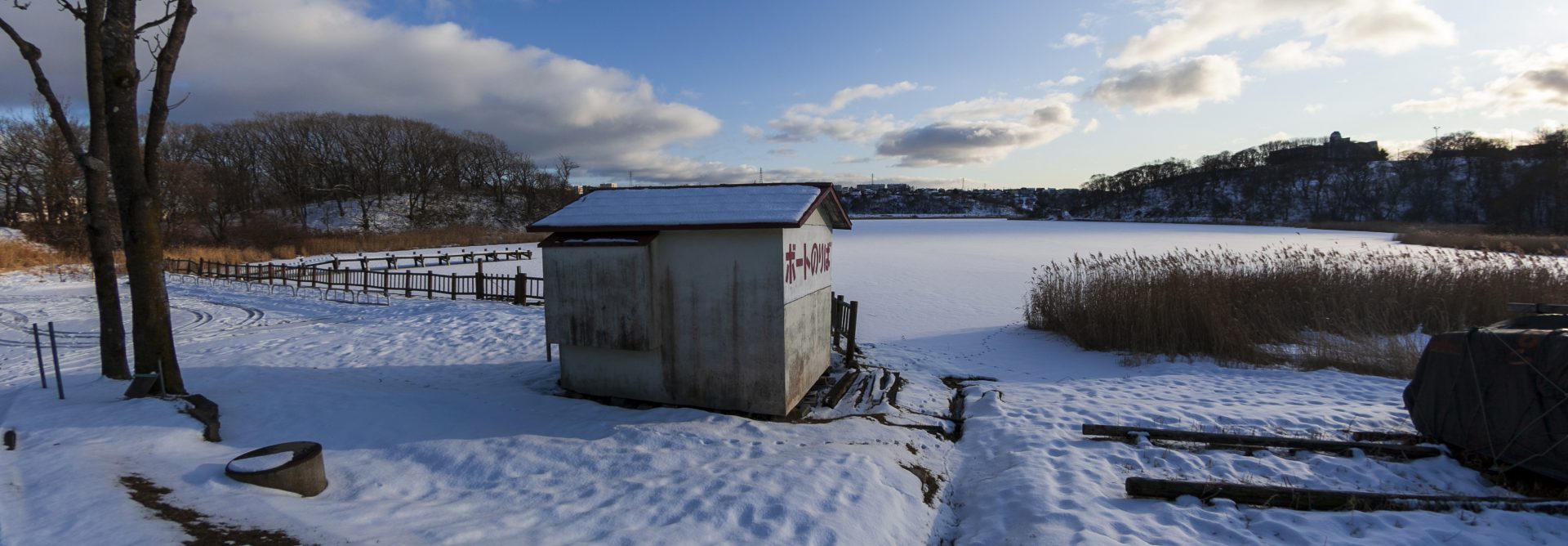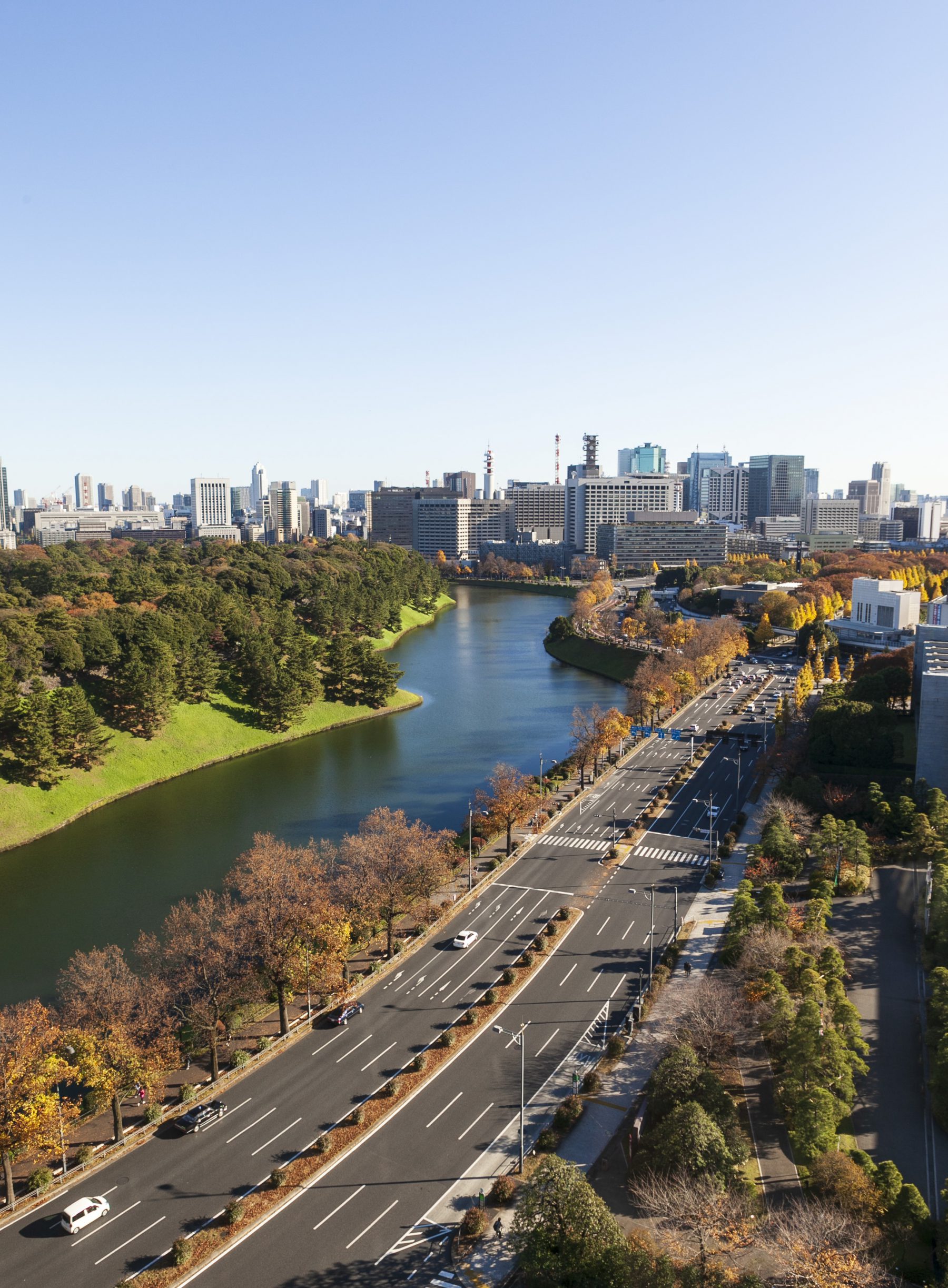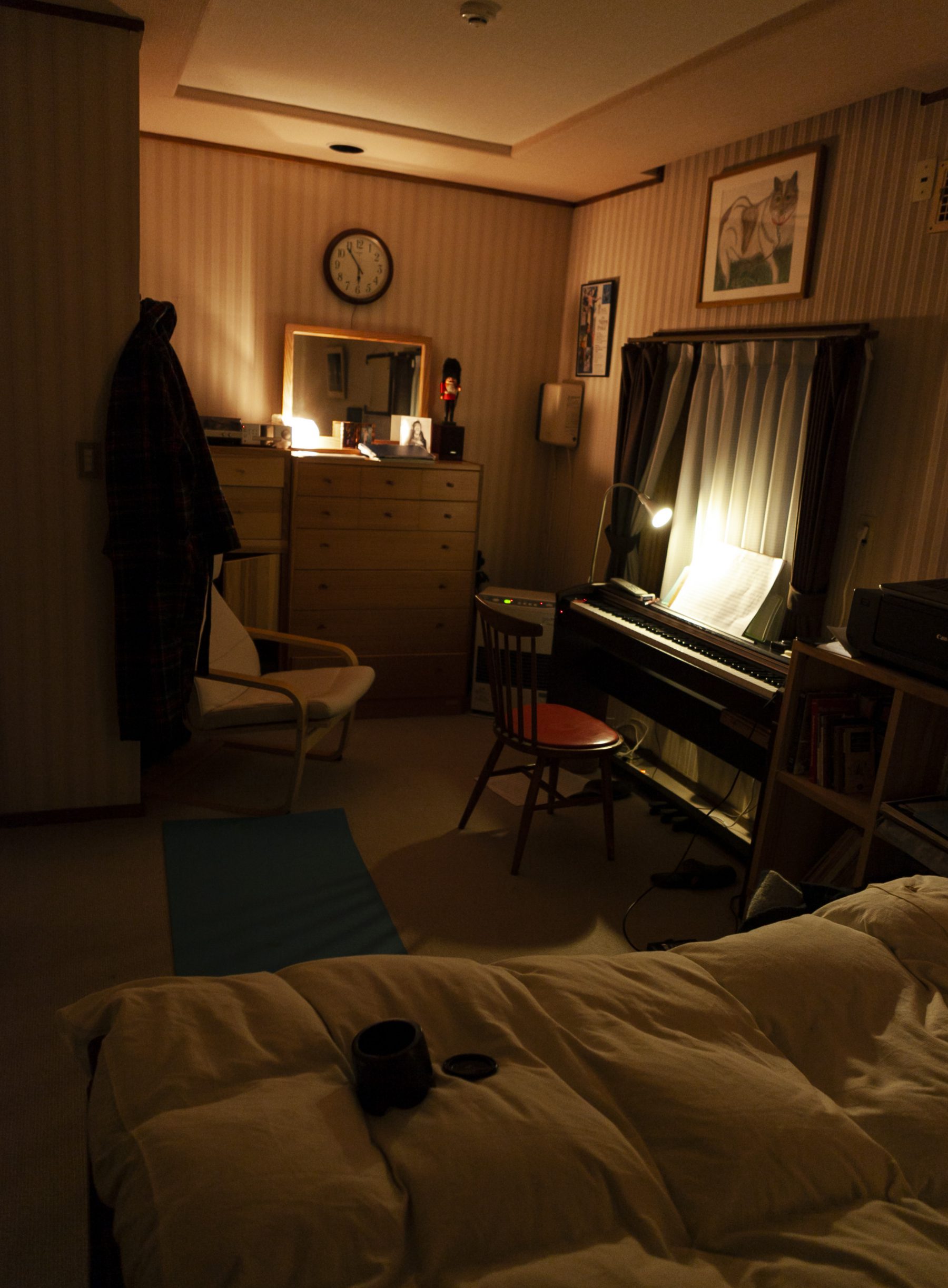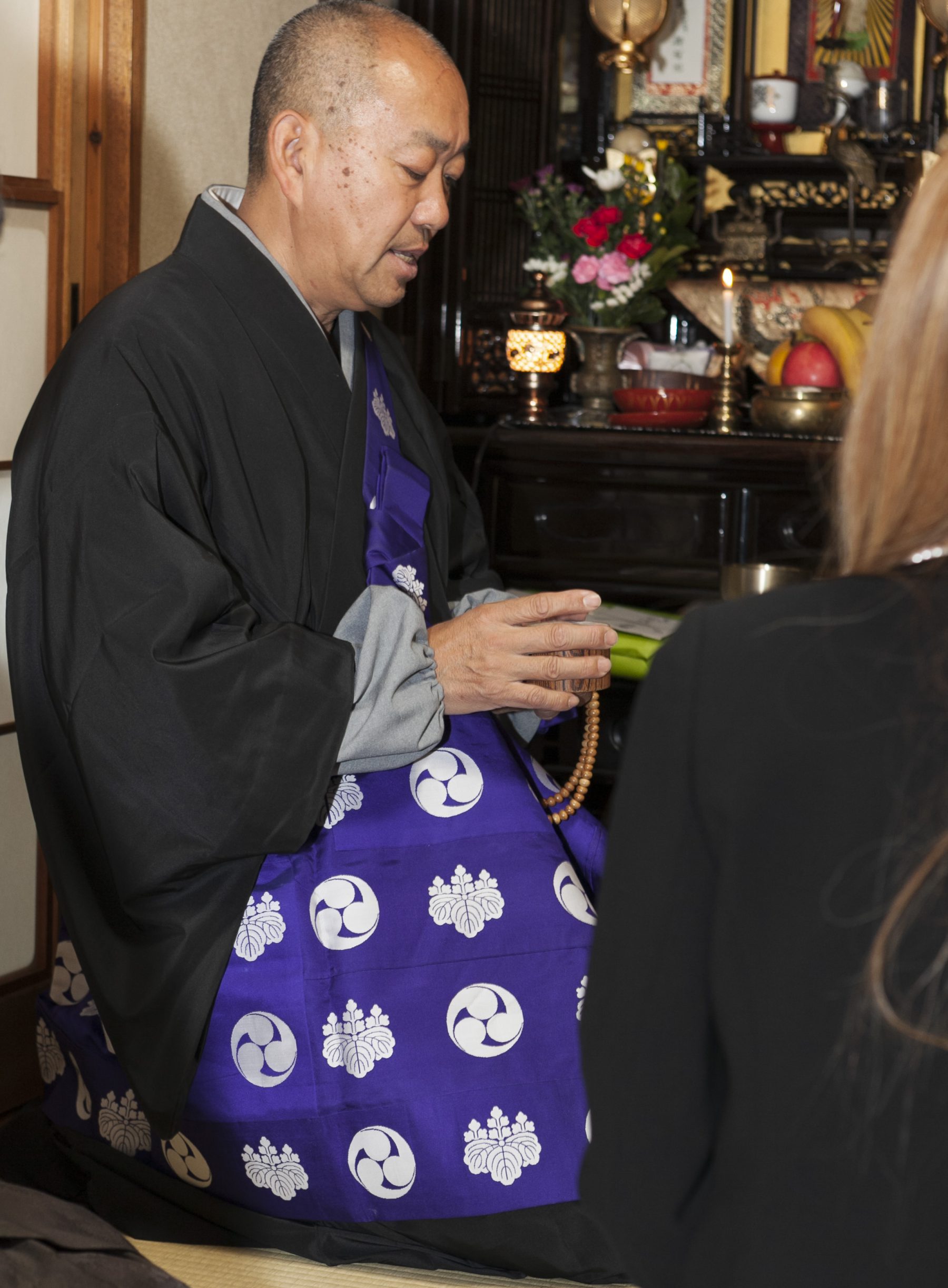It’s been exactly two years and one month since I embarked for the second time to Japan overwhelmed with mixed feelings of anticipation, excitement and a bit of worry. From my first time experience Japan as a postdoctoral fellow (2010-11), I learned that the ability to speak, read and write Japanese is essential otherwise things can get a bit difficult and in many cases most unlikely achieve what you want the way you want it. Of course with modern technology you can translate within seconds any electronic document (i.e. email) from Japanese to English by using translator software but even so, even in the most casual of situations what you get is not good enough, as the software will most probably misinterpret many of the words, get the syntax wrong, let alone the nuance. In fact reading a translated email in that way brings in mind one of my past favorites, the movie ‘Lost in Translation’. In my case, as my Japanese was still not up-to-scratch I embarked to Japan with a strong determination to work on it.
Upon arrival, after spending around ten days in Tokyo to complete my fellowship registration at the Tokyo University of the Arts as well as some other procedures such as the ‘Alien Registration’, a term I initially found most amusing but soon after I felt that accurately reflects the sense of distance and difference a foreigner initially experiences in many aspects of life and culture in Japan, I took the flight to Kushiro City where I had decided to spend some time. Kushiro, located at the Eastern Hokkaido (Northern Japan), is the fourth biggest city of Hokkaido. Sadly enough in the recent years its population has declined and its once thriving, lively port and city centre have lost the lustre of the past. With many shops closing, and empty buildings, its centre gives somewhat the feeling of a ghost town. Despite that, there is still a certain charm, reminiscence of the past times and hopefully a positive sign for its future. With an average temperature of -10C in the winter (and a record low of -28C) seemed that Kushiro’s weather would be significantly colder than the weather I was accustomed in Kent where the temperature drops only occasionally below 0C. On top of that the house I would be staying was a 45-year old house of a wooden construction built with just a basic thermal insulation. However as my research was on the Japanese aesthetic of wabi-sabi (associated with beauty of old and simple) I thought that Kushiro and the old house could be an ideal place to be for a while.
As per my expectations, Kushiro was cold, icy cold, and fairly quiet. After settling in the house, the first thing I did was search for a Japanese language teacher. Luckily enough a good, experienced teacher was quickly found. She could also speak English so our communication was smooth. My teacher was pleasantly surprised when insisting having three two-hour lessons per week, as the average pupil would only ask was a single lesson. Studying Japanese (kanji, grammar, vocabulary, listening) was pleasant but time-consuming. I soon realised that in order to keep up with the amount of lessons I requested, I needed to study many hours. Once I was done for the day, my head was heavy, full of ideograms and grammatical rules (since the Japanese syntax is pretty much the opposite to English or Greek) and little energy was left to compose music. So, these days, instead of composing I would do the admin part of my fellowship (make the planning of concerts, new works to be composed, instrumentation, make contact with performers and concert halls).
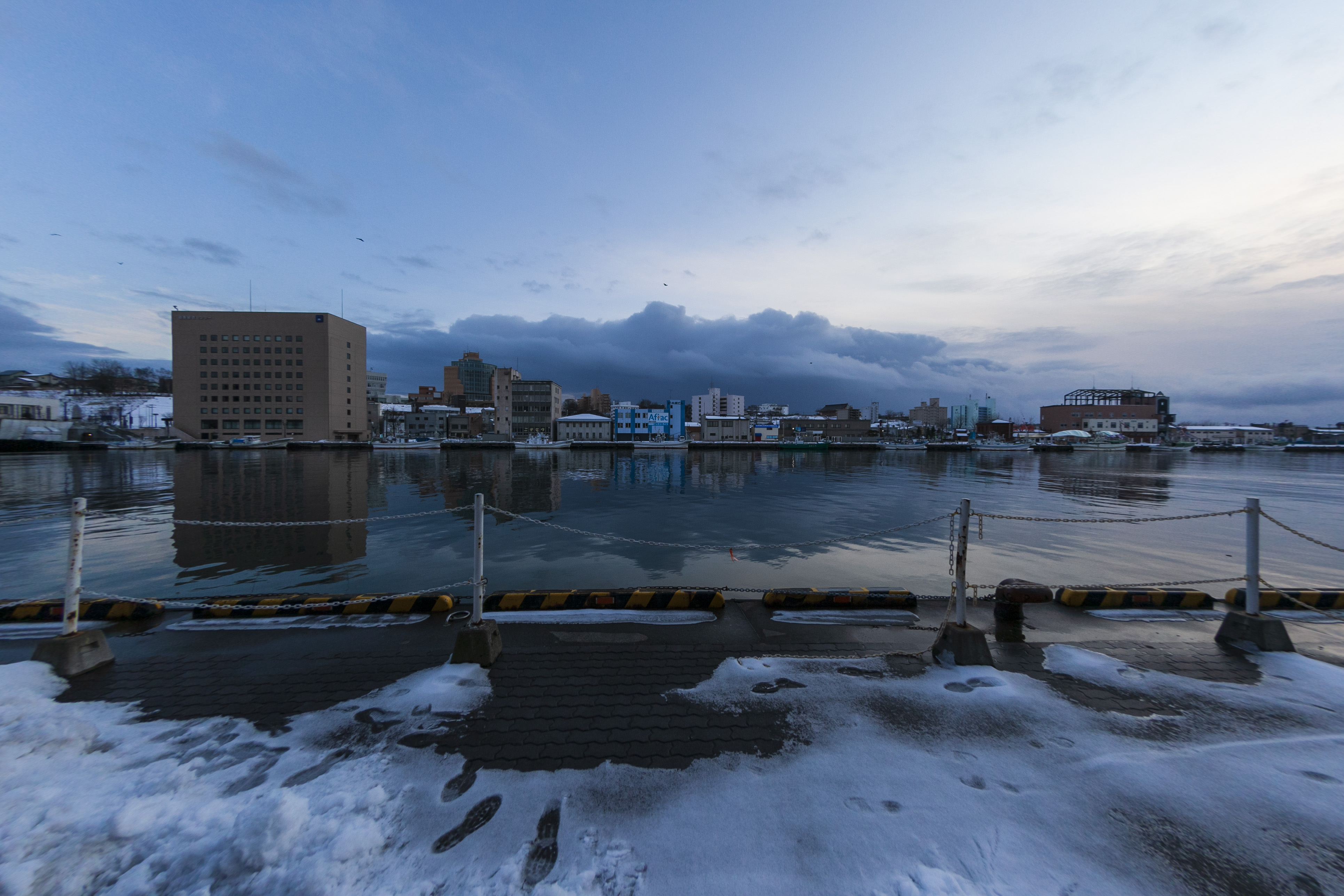
On my free time, several times I attempted to go out for a walk. Due to the freezing-low temperatures, all the pavements were icy frozen making it hard if not impossible to walk and many times I would slip and fall flat on the ice. I consider myself lucky I didn’t break any bones. The lake located close to my house gradually froze and mountain-like piles of snow was a common view outside shops and buildings. A couple of times I went on excursion to the countryside by car or by bus. In December I visited lake Wakoto (before it was completely frozen) and in February I went to the area called Akan, famous for its lake and hot springs (onsen). It was an amazing experience. At times the icy landscapes resembled to images of another world. The vast lake Akan was frozen and from the hotel’s eight floor open-terraced onsen I could see the tents of the local Ainu people (Hokkaido aborigines) line up on the ice. Later, I was told that they were fishing through a small whole they would cut on the ice next to their tent, an old tradition of Ainu people. In the night, although the temperature would drop below 18C, I could still see the dim light coming from their tents. It was magical.
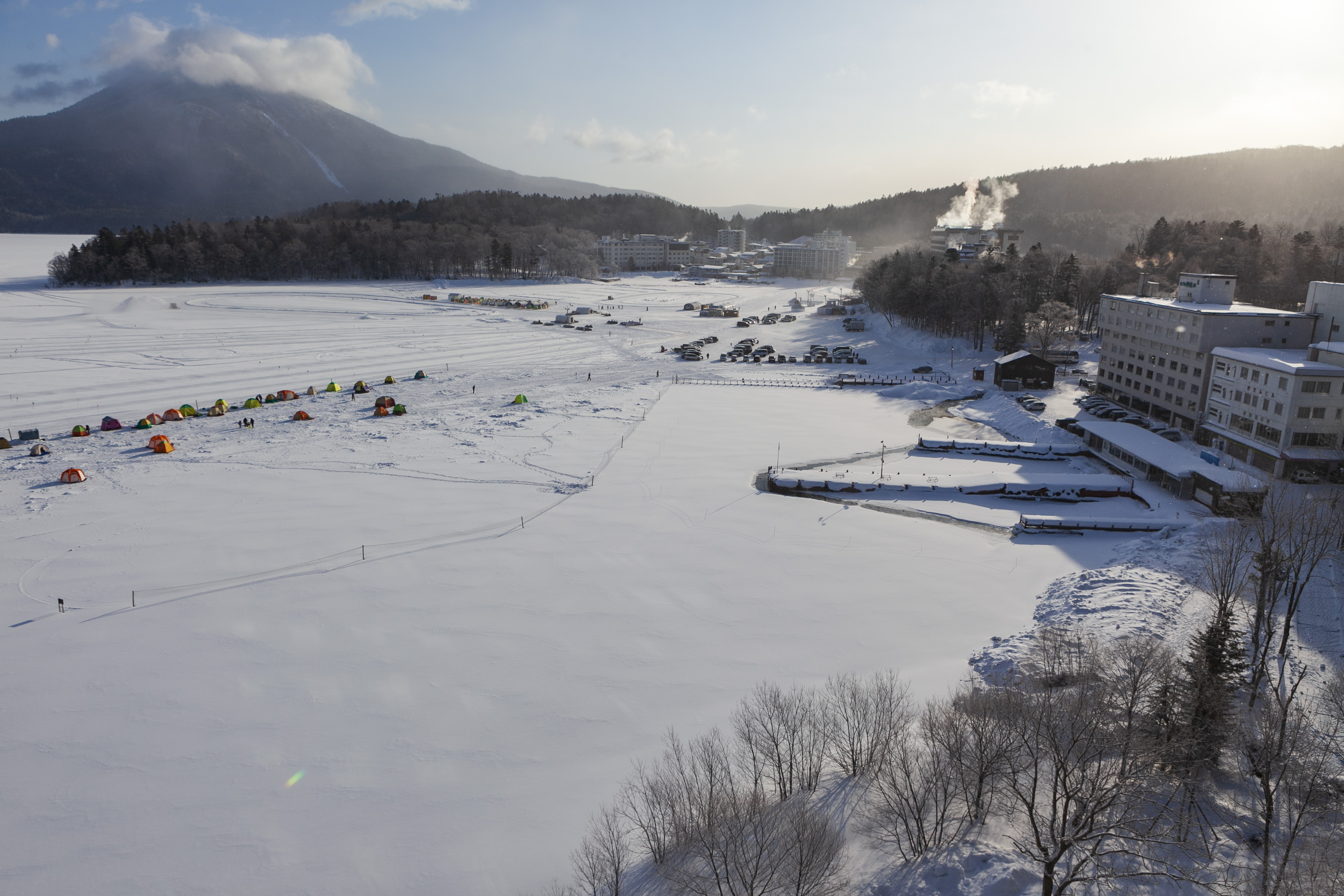
Winter in Kushiro was long and cold. Not getting much opportunity to interact with the locals other my inspiring Japanese language teacher and other than the icy landscapes and the truly delicious sushi and sashimi it was hard for me to find much stimulation there, at times I would wonder what was the reason of staying there instead of being in Tokyo or in another bigger, livelier, warmer and more convenient city in Japan.
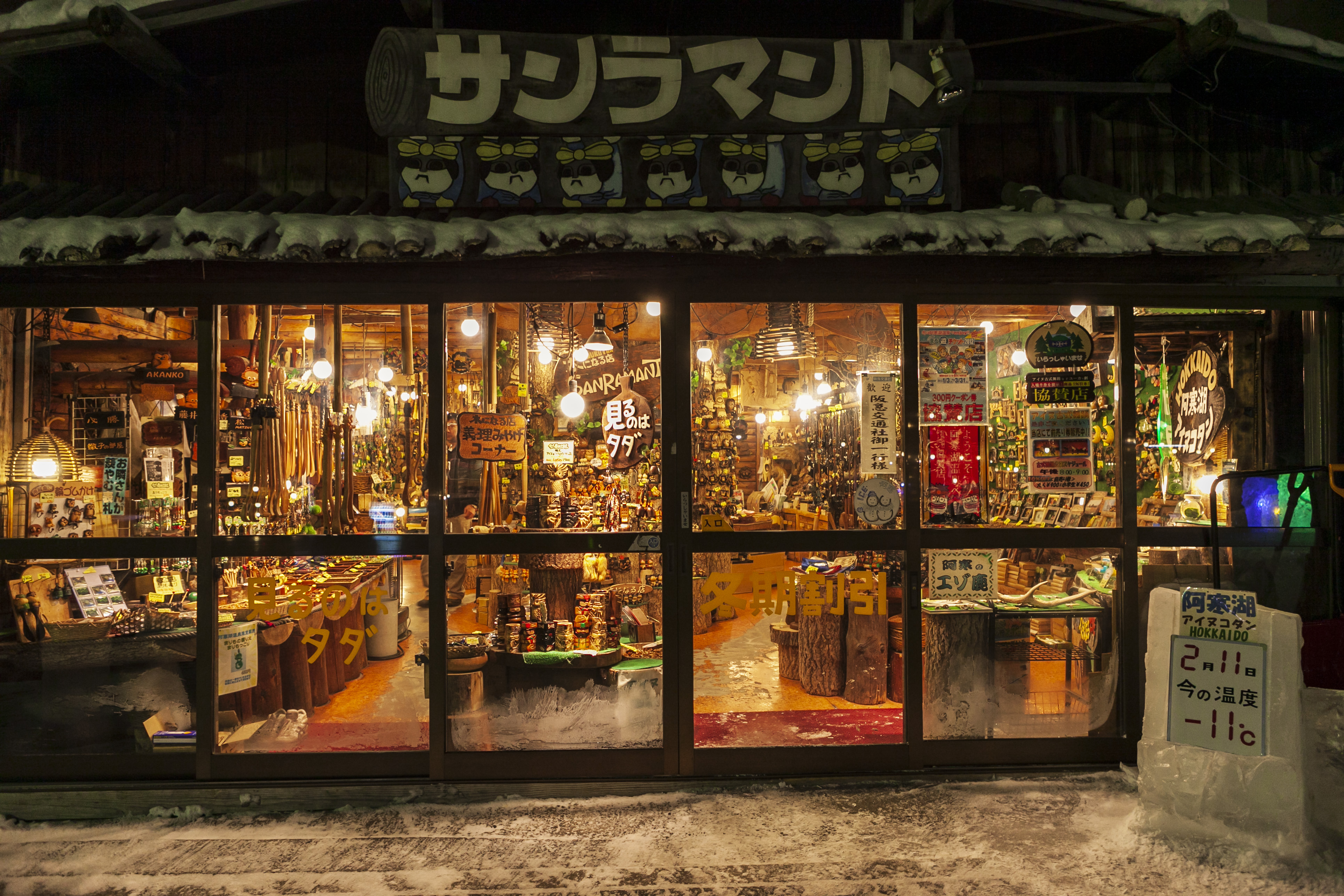
In retrospective, I can now see a certain similarities of the wintertime in Kushiro and a haiku by Basho both of which ultimately allude to the feeling of desolate and cold, a peculiar sense of beauty Japanese can understand well, a feeling that I was originally became very much familiar through my study of the aesthetic wabi-sabi
A crow is perched on a bare branch;
Basho
It is an autumn eve
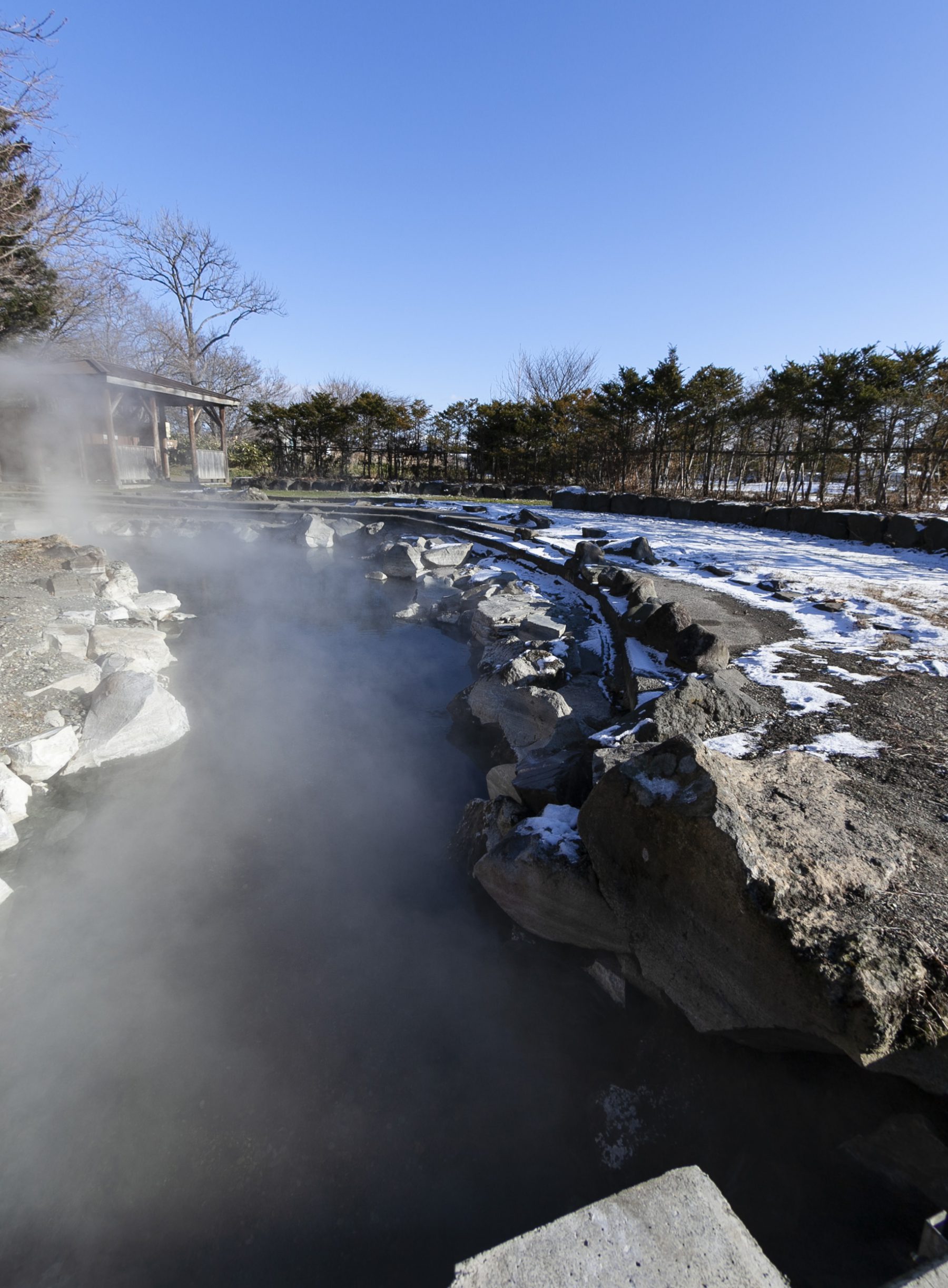
Hot spring at Wakoto lake 
Wakoto lake 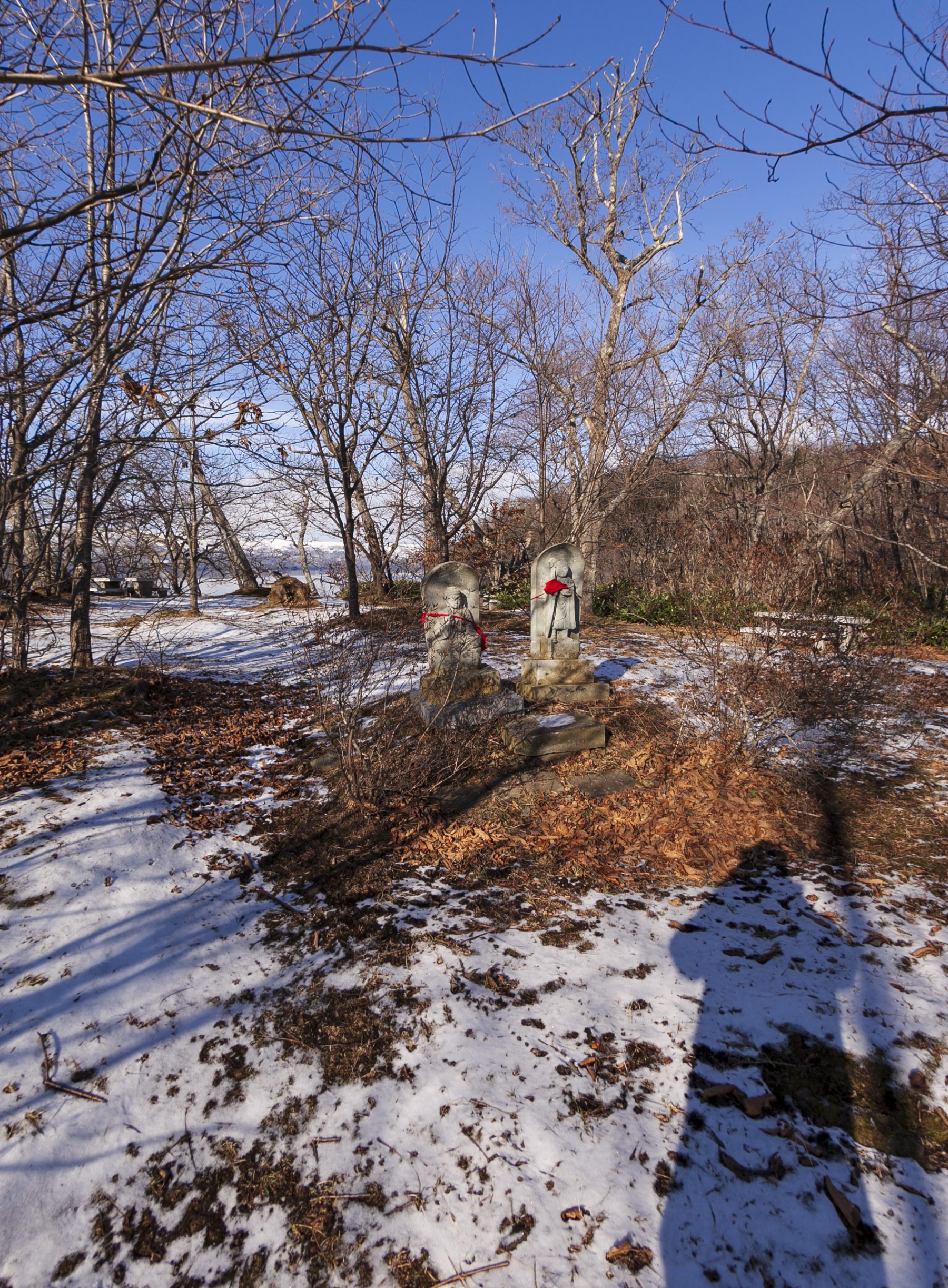
Buddhist statues near Wakoto lake 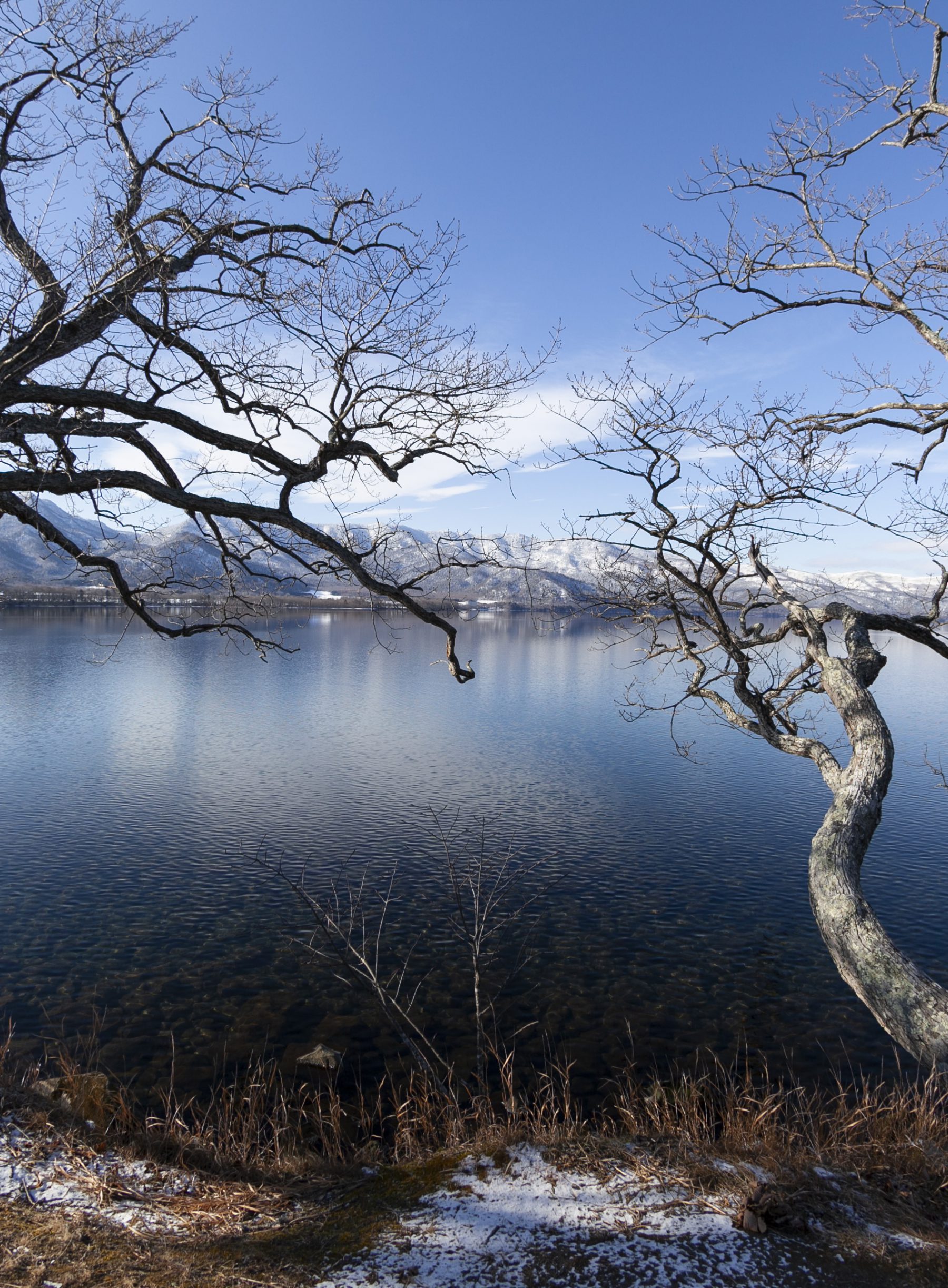
An overview of Wakoto lake 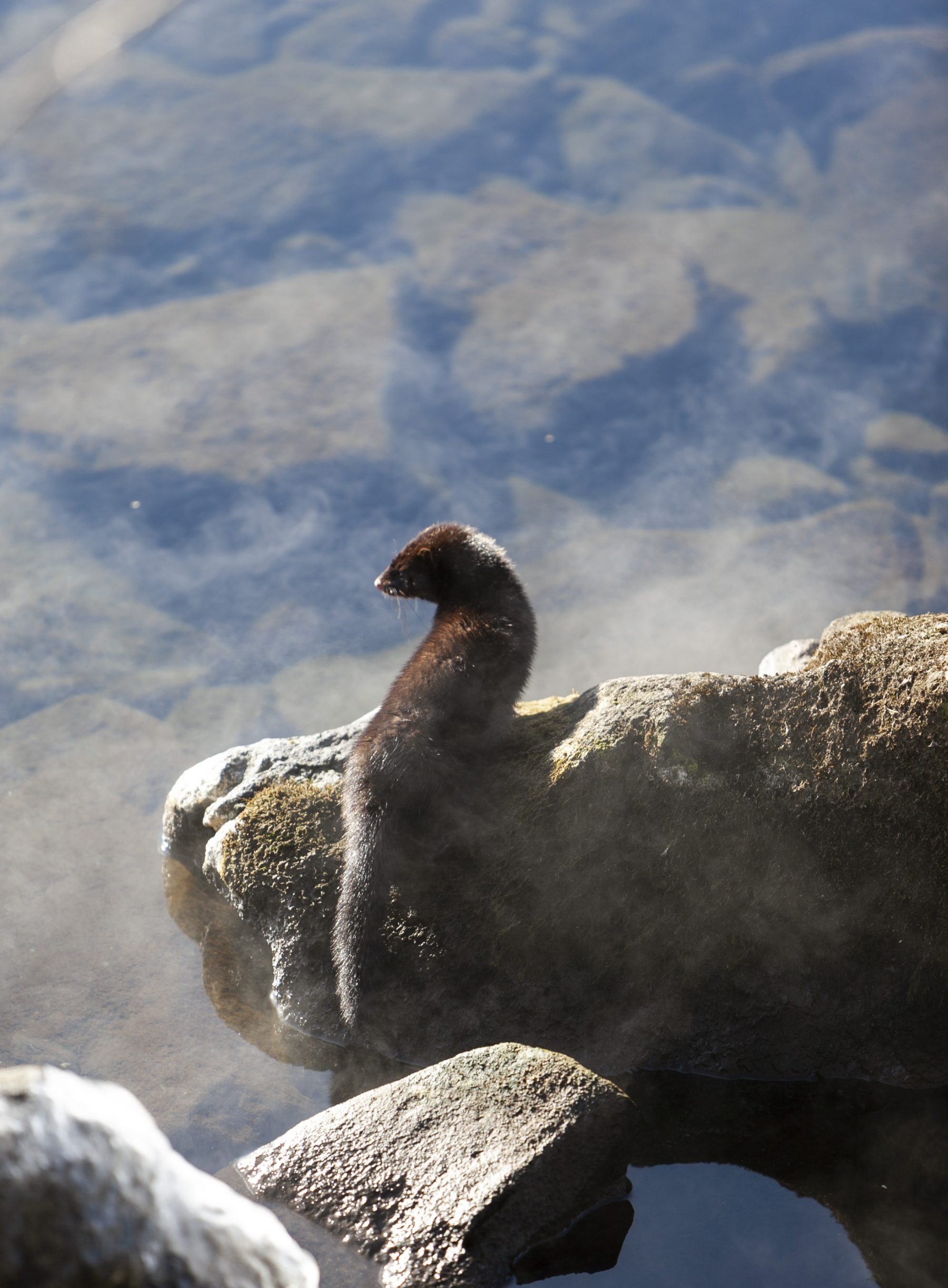
A shy mink 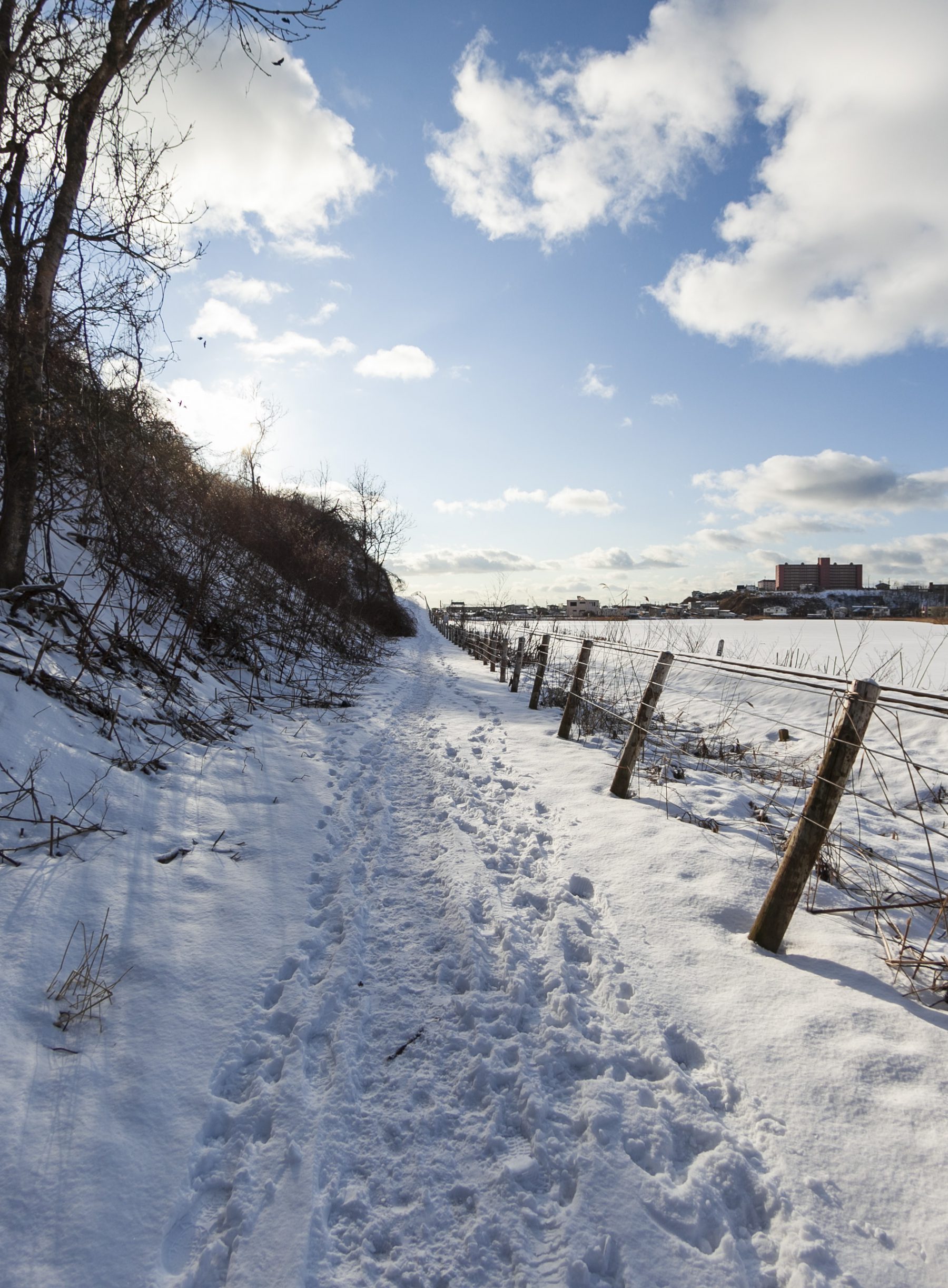
Footpath next to frozen lake in Kushiro 
Empty BBQ space at Kushiro 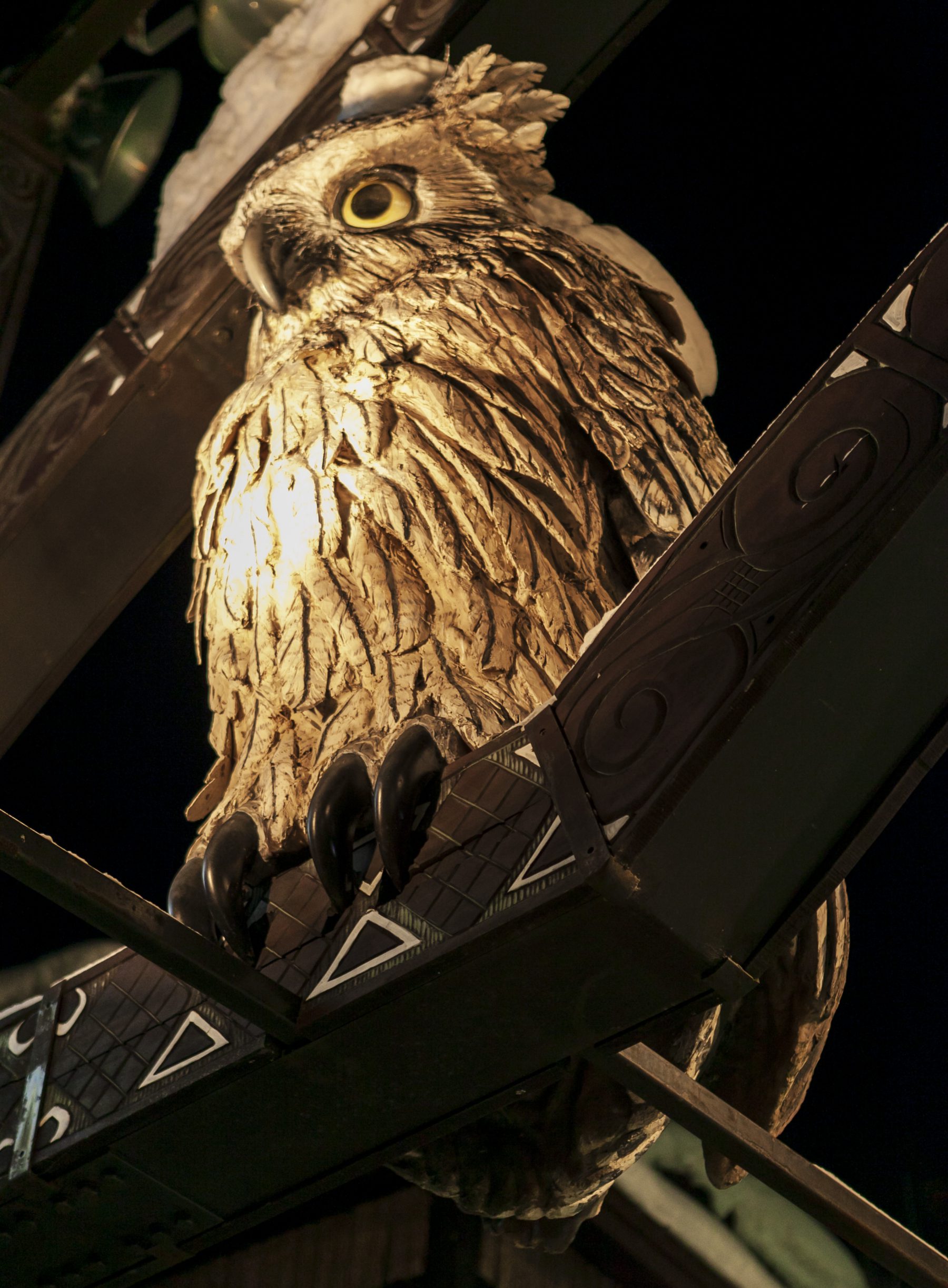
Ainu wood-curved owl 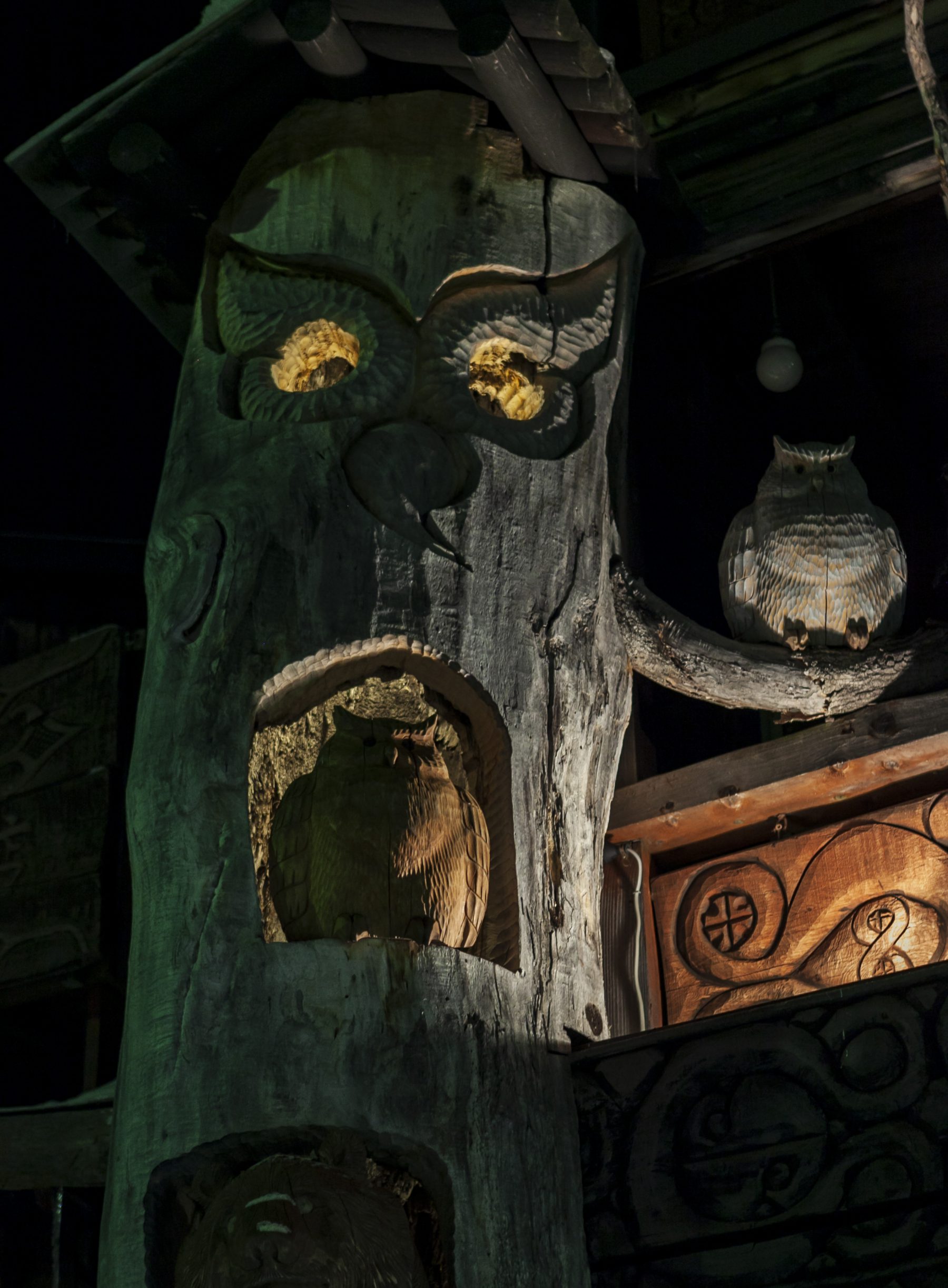
Ainu design 
Local Ainu craft shop 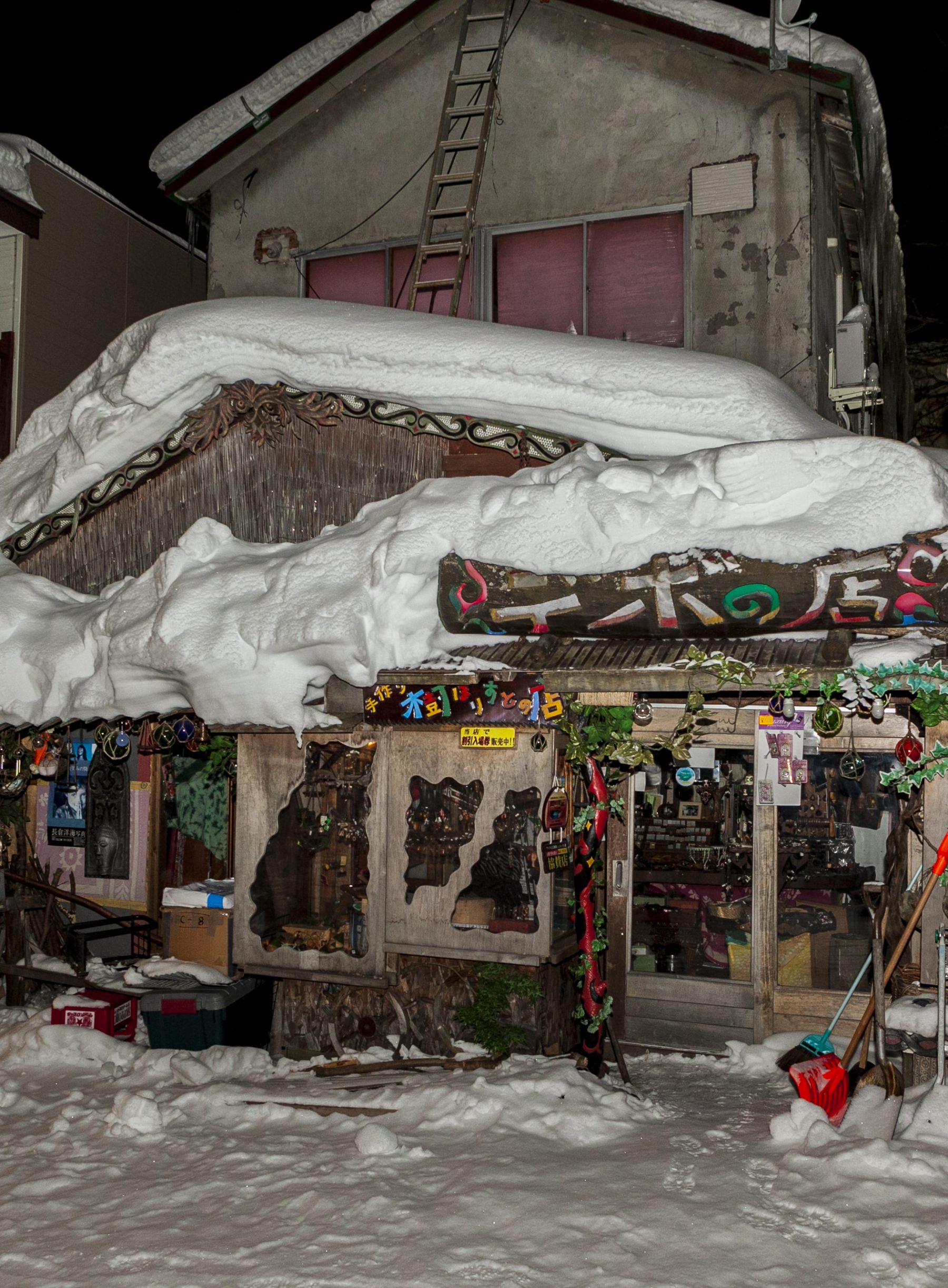
Old Ainu shop covered in snow 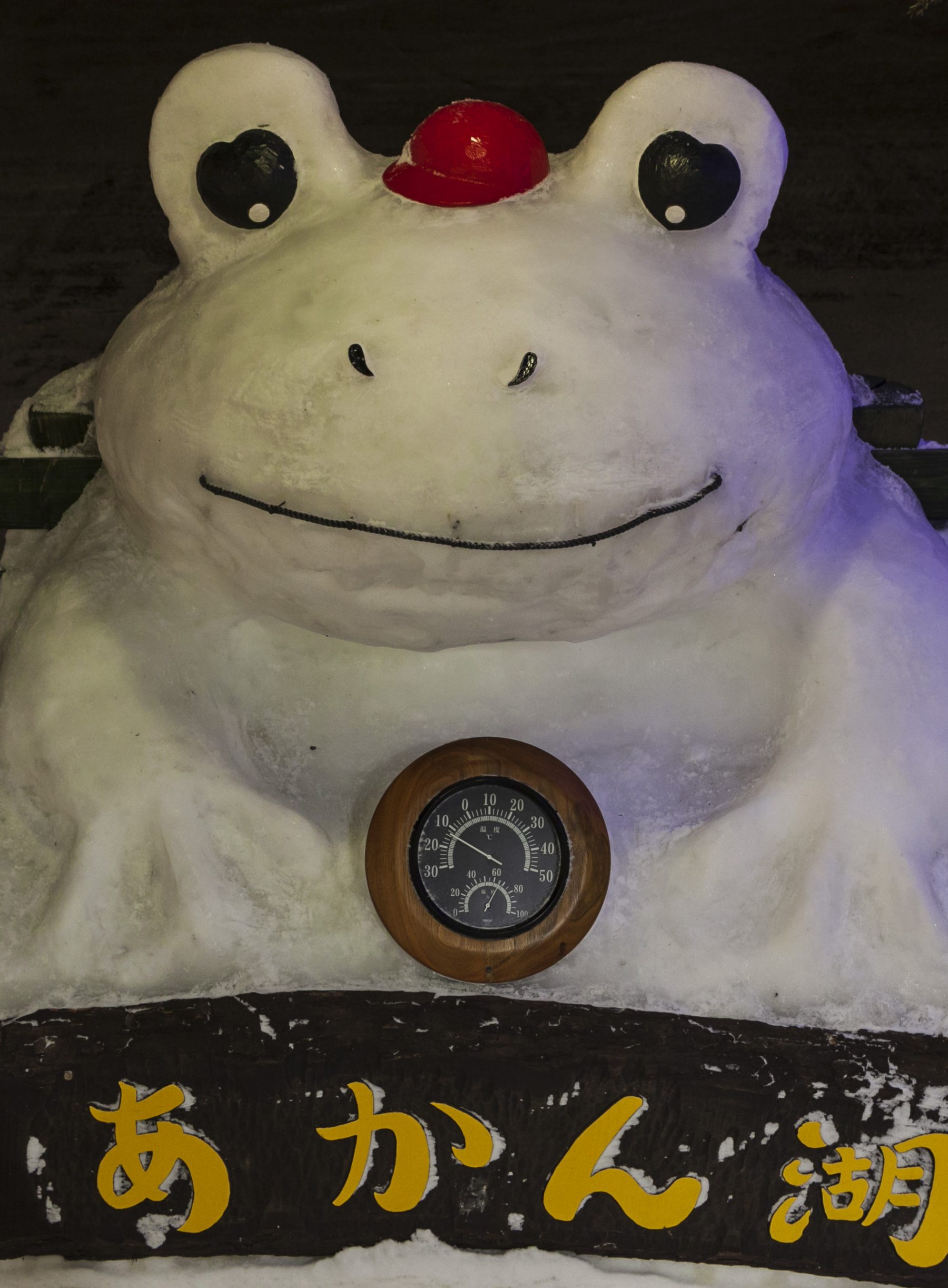
Snowfrog thermometer 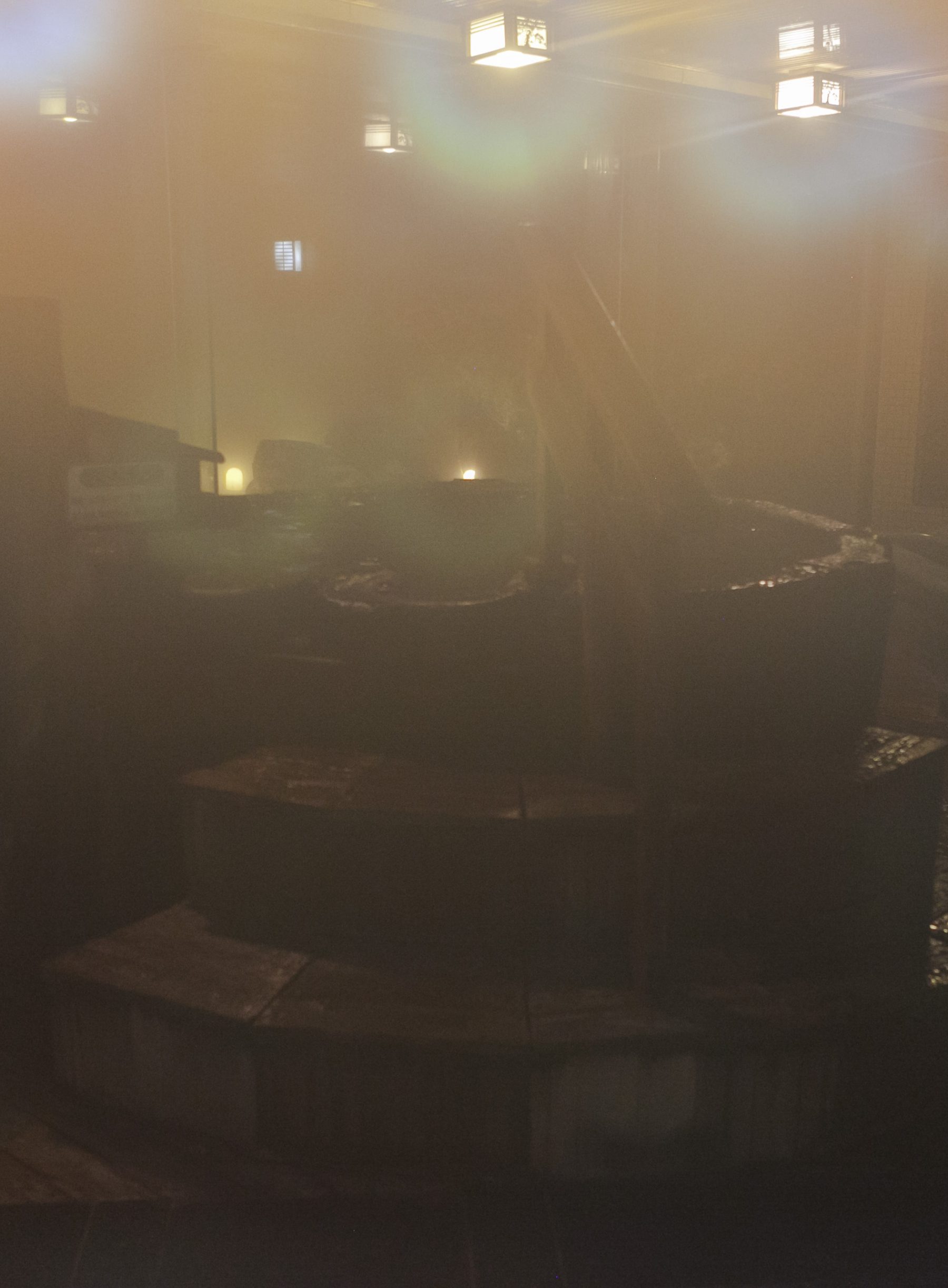
Insider the hotel’s hot baths 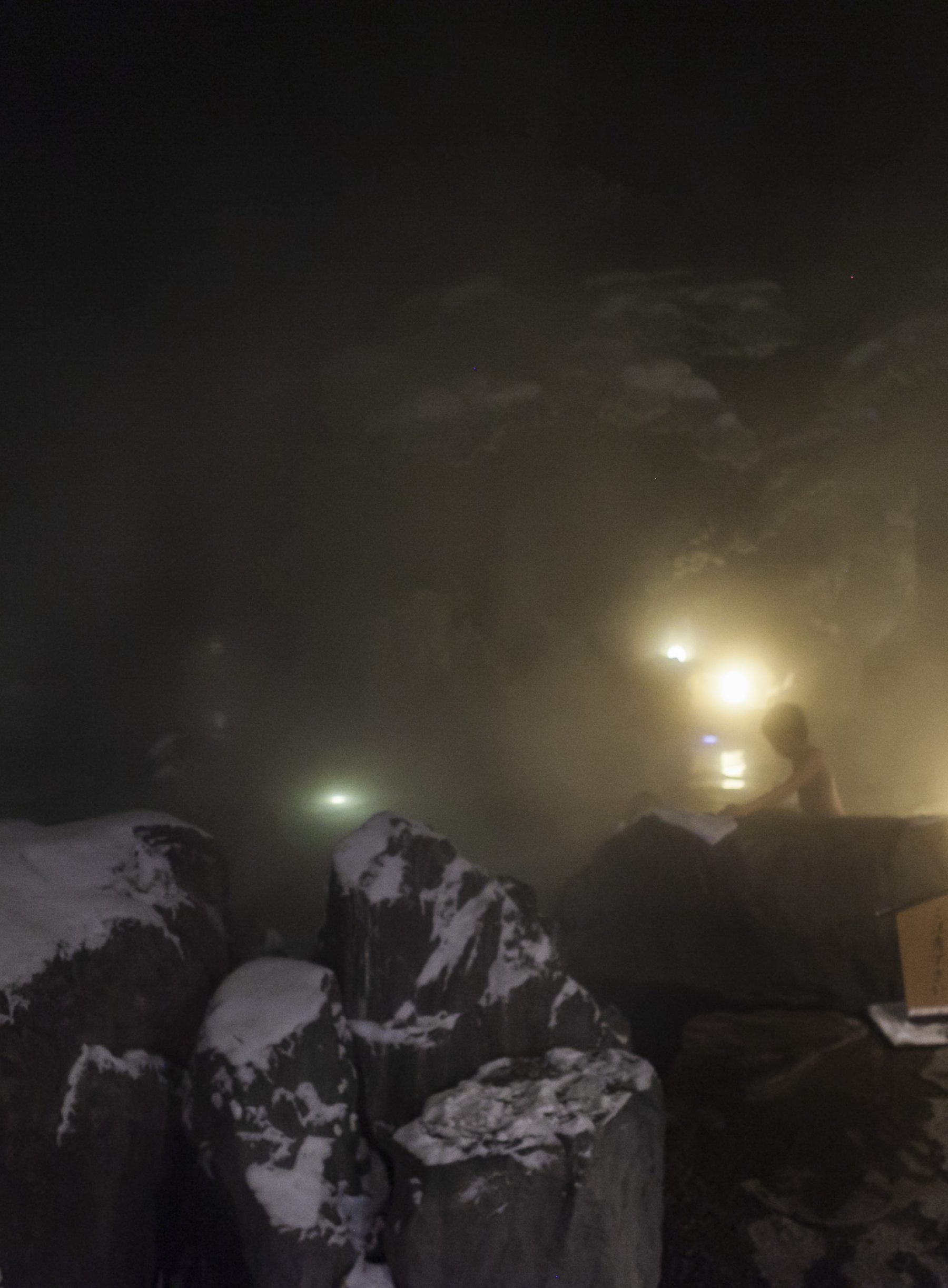
Open-air hot baths 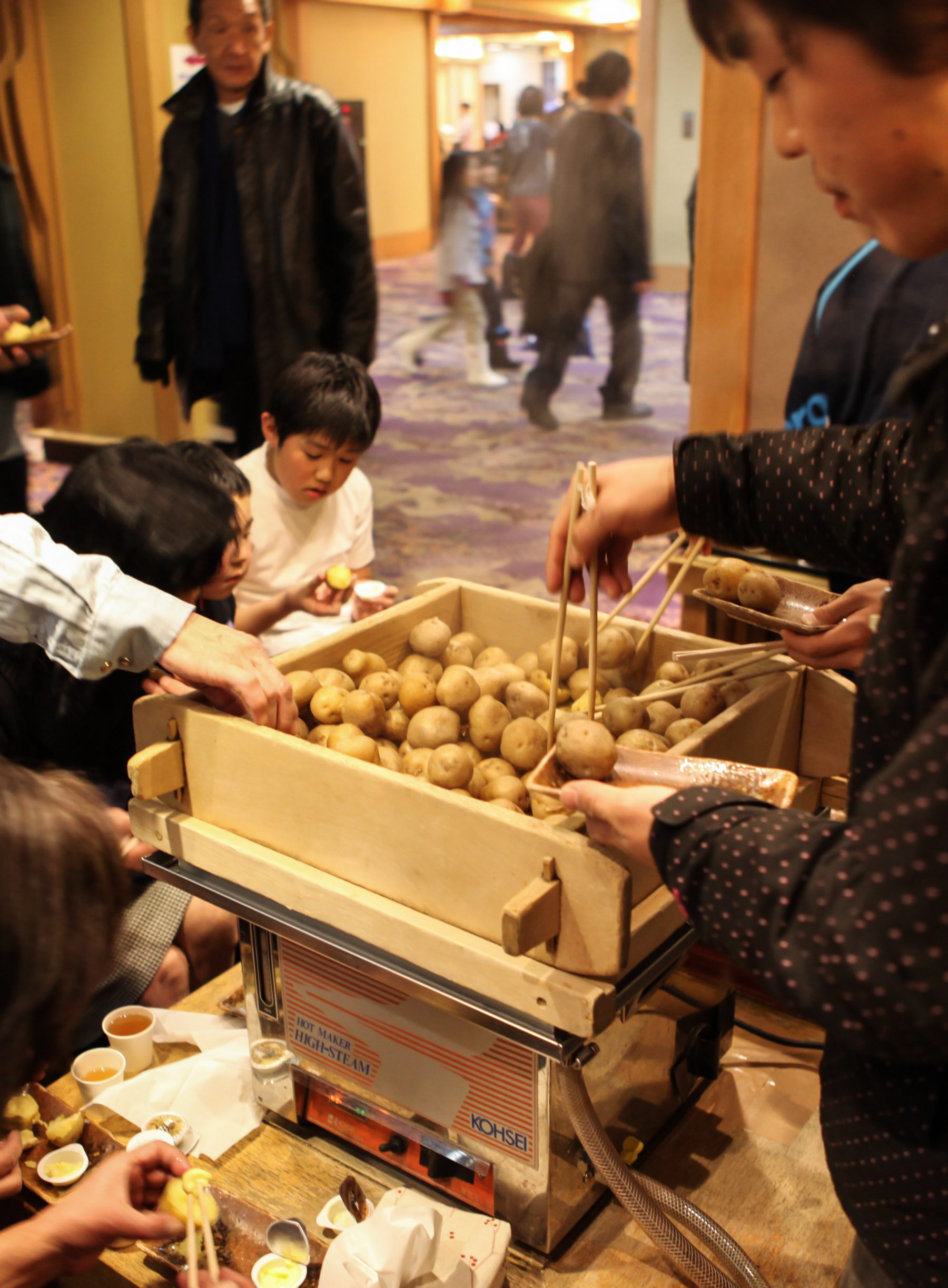
Hot potatoes at hotel lobby 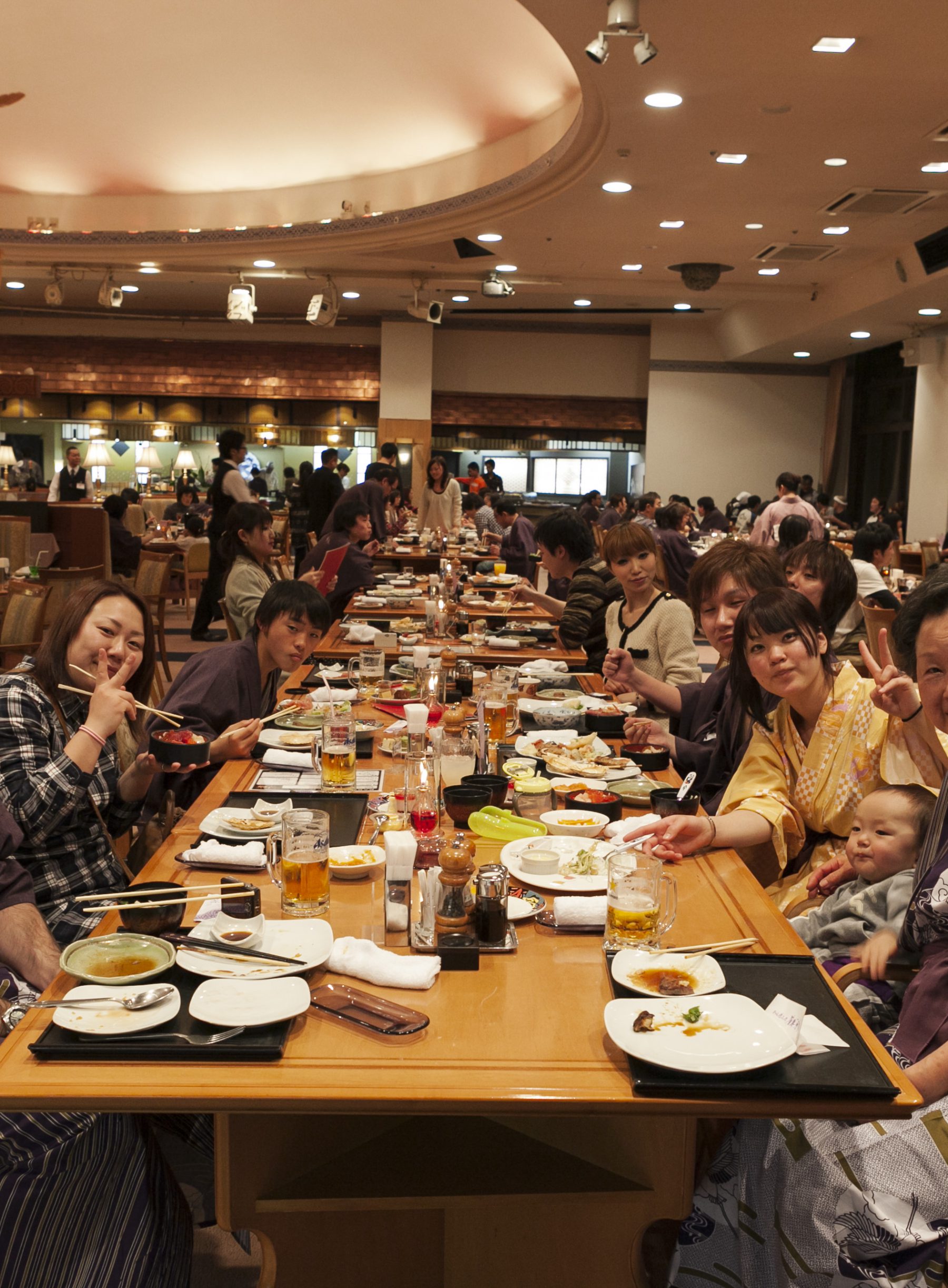
Buffet with relatives 
With yukata at the hotel 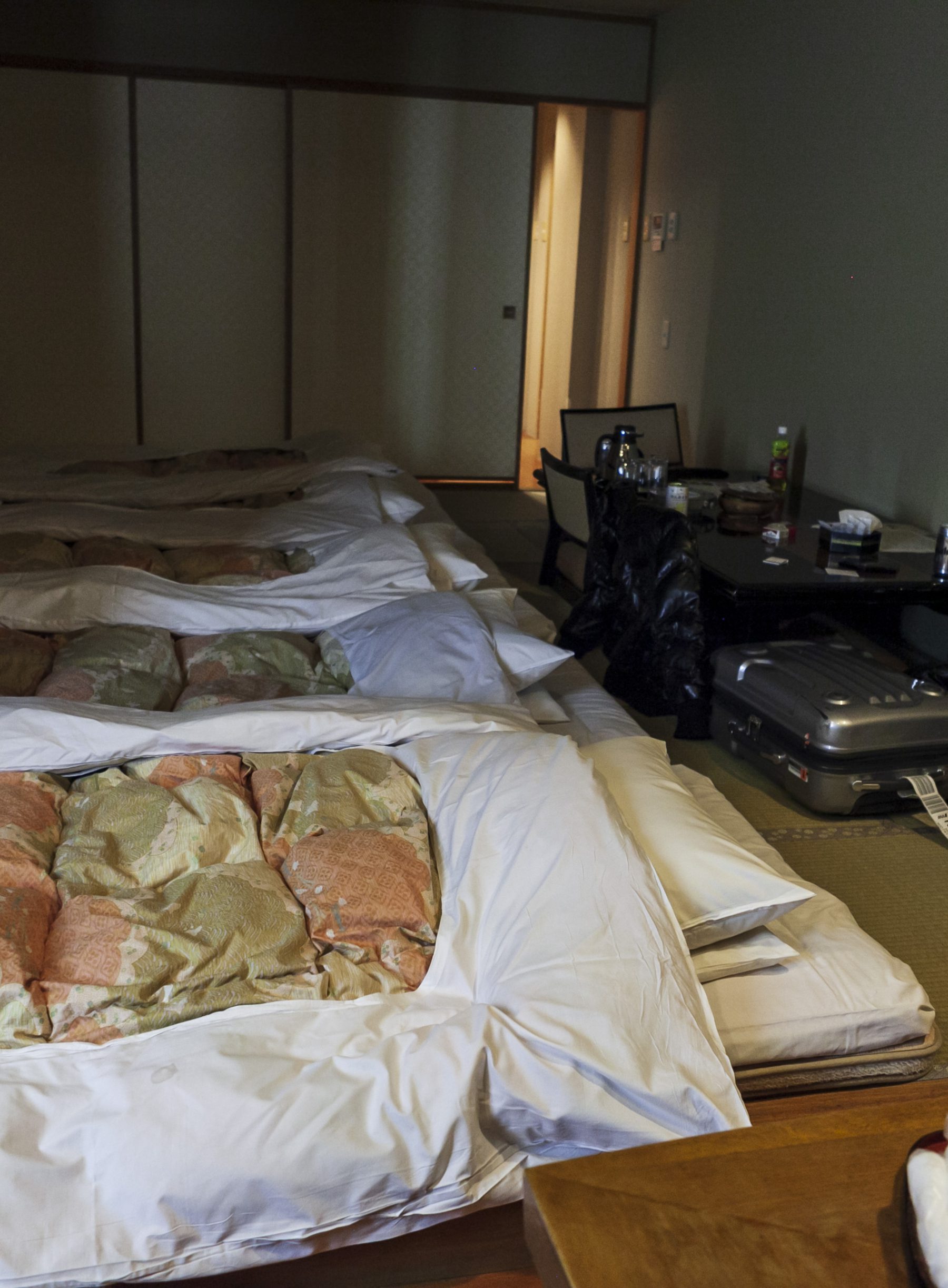
Japanese-style hotel room
